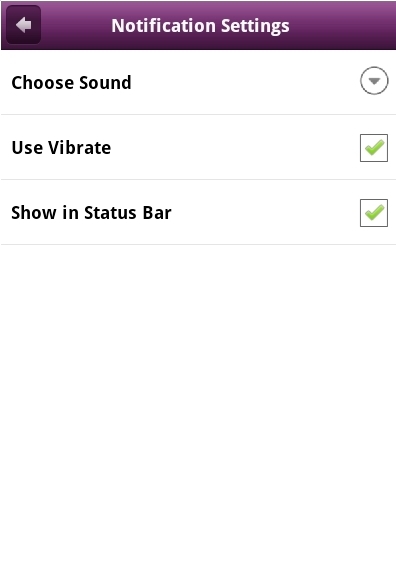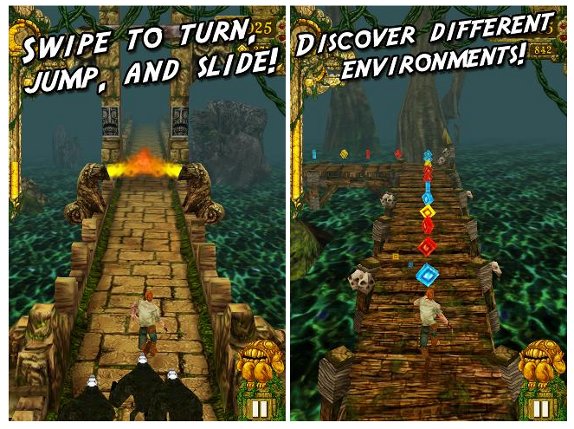
Video chat is the big thing again, at least according to Facebook, which let loose a new video chat service yesterday. Powered by Skype, the new feature lets Facebook users start video calls with one another while continuing to use the site.
While other video chat tools may have been built on top of Facebook's application platform, this now comes out of the box for Facebook users, old and new. The result is that Facebook's added yet another way for its 750 million users to communicate with one another.
But moving beyond the hype, the big thing you're probably wondering is how this new service stacks up to the groovy video chat tools found in Google+, the social network Google recently launched as a "field trial". One of its crowning features, besides providing an alternative to Facebook, is that you can video chat with your friends in multiple ways. How do the two compare? The short of it is that Facebook is simpler to use. The longer answer is that you might be happier with Google in day-to-day use.
To help illustrate that, I've delved into some things you might want to do with these services to see how they really compare. The best way to do that is with common scenarios you'd run into when wanting to video chat with someone else. Below are five I ran into when putting both services through their paces (Google+ over the past week, and Facebook's all of today).
Scenario: You want to video chat with a technologically impaired friend/family member

How it plays out on Facebook: Facebook's added a video call item to every user profile to let you (or them) start a chat from that page. If they've never used the feature before, Facebook has them download a tiny plug-in file to run, which installs without requiring a browser restart. They then click on a button that confirms they want to chat, and the video starts up.
Arguably the most difficult part in all this is getting someone to download that plug-in and install it. Facebook says it only takes about 10 to 20 seconds, but you're going to want to make sure your friend or family member can actually find the plug-in installer file in the first place. Luckily, modern Web browsers do a pretty good job nowadays with helping you locate what you just downloaded. Facebook also does a bit of hand-holding here, telling you what to do to first get going.
How it plays out on Google+: Pretty much the same deal as on Facebook with regards to the plug-in aspect. The big difference is in where Google surfaces the video chat option.
There are two points of entry to get a video chat going: the chat list on the left hand side and the hangouts feature. These are entirely different chat experiences, with the chat being a one-to-one experience, and the hangouts being a place where you can chat with one or more users at the same time. Between the two options, it's easier to search for, and find someone to talk with from Google+'s home page using the chat tool. Facebook arguably has the edge here in keeping its buddy list equivalent on the same part of your screen at all times--something that's useful for folks who get lost easily
ConclusionsFor all around ease of use, Facebook gets a definite edge when it comes to simplicity and ubiquity. It's obvious where to access the feature from user chats and user profiles alike, and you can get a video chat up and running with someone else in less than a minute.
If you want more bells and whistles, then Google's video chat efforts in Google+ beat Facebook's handily. Google's offering users a system that is completely familiar if you're used other Google products like Gmail and iGoogle, and a much more advanced group chat option with the hangouts feature.
So to answer the original question of which one to use, the answer depends on who you want to talk to. Ultimately video chatting is all about getting in touch with someone else in a way that's technologically convenient for both of you. Right now the simple truth is that Facebook's made that easier. It has more than 750 million users, any of whom with a Web cam can now talk to one another across the digital divide.
The huge--and I do mean huge--caveat here is that these two services are by no means sitting still. Google+ is still on its way to being a publicly available product (assuming it makes it there), and Facebook is on a constant march to add and change features. Knowing what Skype, which powers Facebook's video chat feature, is already capable of in software form gives us some road map of where it could be headed within Facebook's confines.




























